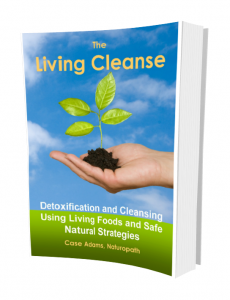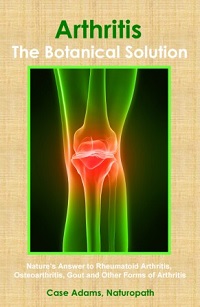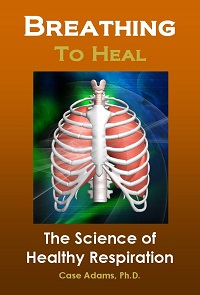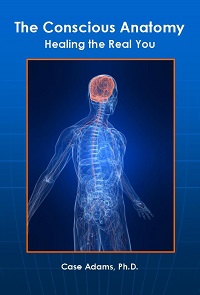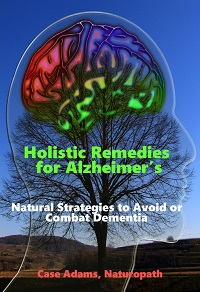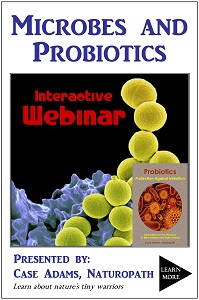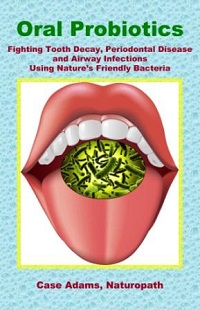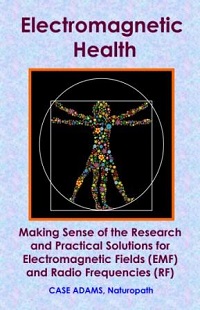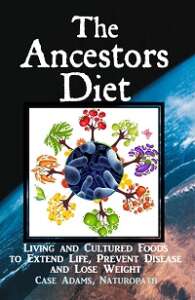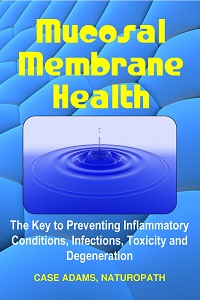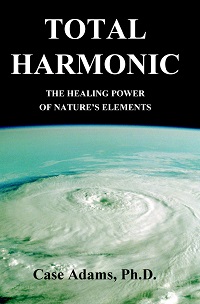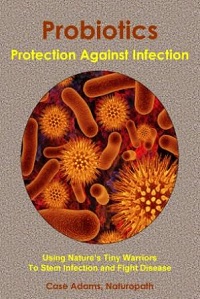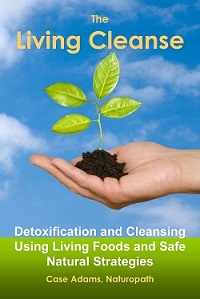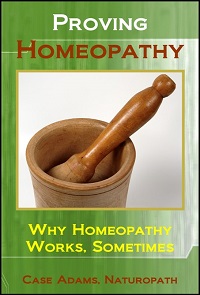Autism Linked to Chemical Exposure During Pregnancy

Chemical exposure from mothers during pregnancy leads to increased risk of autism according to scientists.
Autism is being increasingly linked to exposure to chemicals during pregnancy according to a number of studies. Exposure to environmental toxins during the time a baby is in the womb comes from a mother’s exposure to these chemicals.
This essentially subjects the baby to these chemicals during a sensitive time in the development of brain and nerve function in the baby.
While the mother’s exposures may have occurred for years, the difference is that the baby is still developing during its exposure.
In this article
Autism incidence grows as toxins become more prevalent
Autism has exploded in prevalence among children over the past few decades, from about 1 in 5,000 in 1975 to about 1 in 68 children recently. While some researchers speculate that much of this is accounted for by increased diagnosis, the growth in diagnosis clearly indicates other factors.
This explosion runs parallel to increased exposures to a myriad of synthetic chemicals within our water, food, air and immediate environments.
Many still say autism is related to genetics. But logically, how could heredity account for this explosion of autism? It is simply too astounding to be explained away so simply.
Toxins and autistic children
A 2018 study from doctors at Columbia University confirmed the relationship between chemical exposure and autism. The researchers tested 778 children with autism along with 778 children without autism and otherwise matched. They tested the mothers for levels of chemical toxins, including dichlorodiphenyltrichloroethane (DDT), dichlorodiphenyl dichloroethylene (DDE) and polychlorinated biphenyls (PCBs).
The researchers found that when the mother had higher levels of DDT, the baby had more than double the risk of autism (221 percent). And mothers with higher levels of DDE increased the risk of autism by 32 percent.
Another larger study from Finland took blood samples from more than one million pregnant mothers. The researchers found that mothers with DDT in their bloodstreams had significantly more risk of their child developing autism.
Research from the University of California at Davis found in 2012 that autism is linked with the accumulation of toxins within fat cells. This finding corresponds with previous research linking autism to immunosuppression, toxin antibodies, and environmental exposures for the mother. All of these link to toxicity and immunosuppression.
The research, led by Dr. Paula Krakowiak, analyzed 1,000 children and found that autism was 67% more likely among children from obese mothers.
“The odds of autism and other developmental delays were significantly higher in the children of moms who were obese versus those who weren’t,” stated Dr. Krakowiak.
The study, published in the Journal Pediatrics, compared 315 normal-developing children with just over 500 children with mild to severe autism along with 170 children with other developmental disability issues.
Autism is less about heredity
A 2011 study from Stanford University School of Medicine found that autism has more to do with environmental factors than heredity.
This surprised some health professionals because several previous studies showed that genetic issues were the main factor.
“Autism had been thought to be the most heritable of all neurodevelopmental disorders, with a few small twin studies suggesting a 90 percent link,” UCSF geneticist Neil Risch and an author of the study told CBS News. “It turns out the genetic component still plays an important role, but in our study, it was overshadowed by the environmental factors,” he said.
The study analyzed California health records to find 192 pairs of twins where one of the twins had autism. Both children had autism in 77% of the male identical twins and 50% of the female identical twins. However, 31% of the males and 36% of the females of fraternal twins (not identical) were found in both pairs, indicating that the environment has a lot to do with it.
Chemicals with the greatest risk
Neurotoxic chemicals included, among others:
• polybrominated and polychlorinated dibenzodioxins
• mercury
• polyaromatic hydrocarbons (PAHs)
• furans (PBCD/F and PBDD/F)
• perflorinated chemicals (PFCs)
• organochlorine pesticides like DDT and chlordane
• polybrominated diphenyl ethers (PBDEs)
• polychlorinated napthalenes (PCNs)
• polychlorinated biphenyls (PCBs)
While this and other studies have implicated PCBs, we should note that the 2018 Columbia University study did not find an association between mothers’ PCB levels and autism in kids.
Other research has found that taking antidepressant drugs during pregnancy also significantly boosts the risk of autism.
Autism and chemical antibodies
We can add to this evidence, two studies from the California State Department of Medical Microbiology and Immunology. These found children with autism had increased levels of antibodies related to these chemical toxins.
In addition, the antibodies – immunoglobulin-G4 (IgG4) – tended to match to their mothers IgG4 levels.
High levels of IgG reveals the immune system is fighting toxins on a systemic basis. Since the infants inherited the mother’s high IgG4 levels, the mother’s toxin immunosuppression is being passed on to the infant.
Furthermore, obesity is related to the accumulation and enlargement of adipose (fat) cells. Numerous studies have found that many environmental toxins are fat-soluble, so they tend to build up within fatty tissue.
A lack of good gut probiotics are also linked to autism.
The controversy regarding the causes of autism has reached a crescendo. We see anti-vaccine advocates saying that autism is caused by vaccination. These are pitted against the many studies showing no link between vaccination and autism. Meanwhile, the amount of toxins within our foods and surroundings seems to go unnoticed.
This in the face of studies finding that the umbilical cords of a majority of mothers are strewn with sometimes hundreds of dangerous toxins. This includes, as a 2017 study elucidated, heavy metal exposures, including lead and mercury.
Furthermore, many toxins within our environment – from mercury and other heavy metals to plasticizers and pesticides – are actually neurotoxic. This means that they damage brain cells and nerve cells. Autism is a neurological disorder. Do we see the connection yet?
Here are eight chemicals commonly found in children.
Autism studied in autopsy
A study by researchers at the University of California-San Diego indicates that autism most likely forms in the womb.
The study, published in the Journal of the American Medical Association, examined brains from six autistic children who had died. The autopsy results were compared with similar non-autistic children.
The autistic children were found to have 67% more prefrontal lobe neurons in their brains than the normal children.
This is important because the bulk of a child’s prefrontal lobe neuron count is produced in the womb. This means that the abnormality related to autism is produced when the baby is in the womb.
Neurotoxic umbilical cord blood
This confirms findings that the umbilical cord blood of many mothers is tainted by large doses of neurotoxins.
More than a decade ago, the Environmental Working Group published two studies that found toxins in umbilical cord blood of newborn babies born in the U.S. After screening more than 400 chemicals, 287 toxins were found within the umbilical cord blood of newborns and their mothers. Of these 287 toxic chemicals, 217 were found to be neurotoxins, and 208 have been found to damage growth development or cause birth defects.
This links toxins in the womb to autism. These studies from the Environmental Working Group’s Human Toxome Project found in umbilical cords industrial compounds and pollutants such as alkylphenols, inorganic arsenic, organophosphates, phthalates, polychlorinated biphenyls (PCBs), volatile and semi-volatile organic compounds, chlorinated dioxins and furans.
The EWC also confirmed that most of us are harboring dangerous toxins. In another study of nine adult participants, blood and urine contained 171 of the 214 toxic chemicals screened. These also included the chemicals mentioned above.
All of these are related to exposure of the various synthetic materials we use, the pollution released into the air by our automobiles and factories, and the toxins released into our waterways by manufacturers and households that use chemicals. All of these contribute to our toxin levels, and it is these toxins that are now implicated in many of the expanding diseases we suffer from – including autism.
Toxic exposure is also consistent with the growing emergence of autism, as autism’s almost-epidemic rise parallels our increased exposure to synthetic toxins in our environment. While autism did exist minimally before the industrial revolution, this can be explained by the use or handling of other pre-industrial-age toxins, such as mercury and lead.
Brain scan evidence
Brain scans of autistic adults and children have also confirmed this overgrowth of the prefrontal cortex. This was illustrated in a recent 60 Minutes report that showed brain scans of the autistic Temple Grandin.
Because the prefrontal cortex is one of the key information-sorting and decision regions of the brain, this overgrowth in the prefrontal cortex explains to many scientists why autistic children often suffer from an overload of sensory information. Their prefrontal regions of the brain are over-developed.
The bottom line is mothers looking out for toxic exposure. This is especially true during pregnancy. But even prior to becoming pregnant as well. That’s because toxins can accumulate in fat cells and other tissues of the body if not eliminated.
Exposure to toxic chemicals is also linked to obesity in kids.
REFERENCES:
Brown AS, Cheslack-Postava K, Rantakokko P, Kiviranta H, Hinkka-Yli-Salomäki S, McKeague IW, Surcel HM, Sourander A. Association of Maternal Insecticide Levels With Autism in Offspring From a National Birth Cohort. Am J Psychiatry. 2018 Aug 16:appiajp201817101129. doi: 10.1176/appi.ajp.2018.17101129.
Reardon S. Autism and DDT: What one million pregnancies can — and can’t — reveal. Nature. 2018, Aug 16.
Ye BS, Leung AOW, Wong MH. The association of environmental toxicants and autism spectrum disorders in children. Environ Pollut. 2017 Aug;227:234-242. doi:10.1016/j.envpol.2017.04.039.
Gaspar FW, Harley KG, Kogut K, Chevrier J, Mora AM, Sjödin A, Eskenazi B. Prenatal DDT and DDE exposure and child IQ in the CHAMACOS cohort. Environ Int. 2015 Dec;85:206-12. doi: 10.1016/j.envint.2015.09.004.
Hallmayer J, Cleveland S, Torres A, Phillips J, Cohen B, Torigoe T, Miller J, Fedele A, Collins J, Smith K, Lotspeich L, Croen LA, Ozonoff S, Lajonchere C, Grether JK, Risch N. Genetic Heritability and Shared Environmental Factors Among Twin Pairs With Autism. Arch Gen Psychiatry. 2011 Jul 4.
Braunschweig D, Ashwood P, Krakowiak P, Hertz-Picciotto I, Hansen R, Croen LA, Pessah IN, Van de Water J. Autism: maternally derived antibodies specific for fetal brain proteins. Neurotoxicology. 2008 Mar;29(2):226-31.
Enstrom A, Krakowiak P, Onore C, Pessah IN, Hertz-Picciotto I, Hansen RL, Van de Water JA, Ashwood P. Increased IgG4 levels in children with autism disorder. Brain Behav Immun. 2009 Mar;23(3):389-95.Hallmayer J, Cleveland S, Torres A, Phillips J, Cohen B, Torigoe T, Miller J, Fedele A, Collins J, Smith K, Lotspeich L, Croen LA, Ozonoff S, Lajonchere C, Grether JK, Risch N. Genetic Heritability and Shared Environmental Factors Among Twin Pairs With Autism. Arch Gen Psychiatry. 2011 Jul 4.
Courchesne E, Mouton PR, Calhoun ME, Semendeferi K, Ahrens-Barbeau C, Hallet MJ, Barnes CC, Pierce K. Neuron number and size in prefrontal cortex of children with autism. JAMA. 2011 Nov 9;306(18):2001-10.

